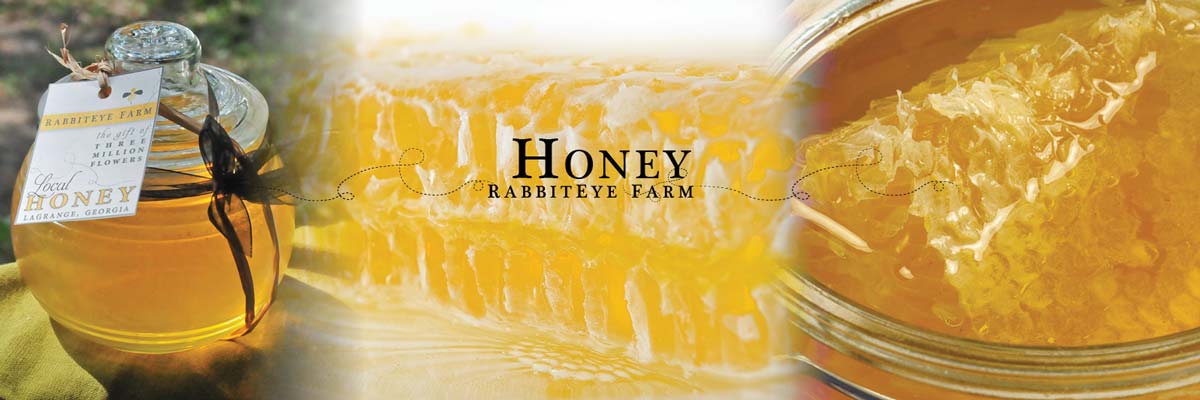 We have proudly inherited nine Rhode Island Red Hens, all yearlings beginning to lay eggs… so the chickens came first, then eggs (later that day). Every farm needs chickens. They are producers, recyclers, fertilizers and tillers of soil. Chickens eat bugs and veggie scraps and produce eggs, meat and provide entertainment.
We have proudly inherited nine Rhode Island Red Hens, all yearlings beginning to lay eggs… so the chickens came first, then eggs (later that day). Every farm needs chickens. They are producers, recyclers, fertilizers and tillers of soil. Chickens eat bugs and veggie scraps and produce eggs, meat and provide entertainment.
We did not get a rooster. Hens lay eggs regardless if there is a rooster around. So, our eggs are unfertilized, which means they can’t be incubated and hatched into chicks, but they are normal eggs and taste great. We can always get a rooster later and after about 30 days all the eggs will be fertilized.
Habitat
 Chickens love to forage, but we don’t leave our chickens run loose 24/7 because of predators. We built a secure coop and fenced chicken yard for them to be in at night. In the coop are roosts for the chickens to perch on. A roost looks like a horizontal tree limb and the chickens sleep while perched on the roost. They also like to lay eggs in a nesting box which is approximately 1ft x 1ft x 1ft. They like it to have hay, be kind of dark and quiet with an egg already there – after all, it is a nest. We don’t leave a real egg there, but use a plastic Easter egg that has been filled with beans and super glued shut. This nest box has five compartments and the lid opens to the outside of the pen so it is easy to gather eggs. The lid is open for the photo, but when closed the nest is dark and cozy.
Chickens love to forage, but we don’t leave our chickens run loose 24/7 because of predators. We built a secure coop and fenced chicken yard for them to be in at night. In the coop are roosts for the chickens to perch on. A roost looks like a horizontal tree limb and the chickens sleep while perched on the roost. They also like to lay eggs in a nesting box which is approximately 1ft x 1ft x 1ft. They like it to have hay, be kind of dark and quiet with an egg already there – after all, it is a nest. We don’t leave a real egg there, but use a plastic Easter egg that has been filled with beans and super glued shut. This nest box has five compartments and the lid opens to the outside of the pen so it is easy to gather eggs. The lid is open for the photo, but when closed the nest is dark and cozy.
Feeding
 Besides plenty of clean water, we feed the chickens every day in addition to letting them out to forage in the evening. On days, when we can’t let them out, we pick some green plants and feed it to them. Not surprisingly, a favorite is “chickweed”.
Besides plenty of clean water, we feed the chickens every day in addition to letting them out to forage in the evening. On days, when we can’t let them out, we pick some green plants and feed it to them. Not surprisingly, a favorite is “chickweed”.
 Something new that we are trying is sprouts, which is in addition to their regular feed and laying mash. These are seeds such as oats or wheat that are soaked and sprouted for a few days before we feed them to the chickens. A sprouted seed is easier to digest and has 5 times the nutrients, of a regular seed, and those nutrients are readily available once consumed.
Something new that we are trying is sprouts, which is in addition to their regular feed and laying mash. These are seeds such as oats or wheat that are soaked and sprouted for a few days before we feed them to the chickens. A sprouted seed is easier to digest and has 5 times the nutrients, of a regular seed, and those nutrients are readily available once consumed.
For the chickens we have a bucket system and each day we start another batch, and each day we feed the ones that are finished sprouting to the chickens. This photo only shows three of the five buckets but you can get the idea. The blue buckets have slits in the bottom so that the rinsed seeds can drain. There is also enough space in the bottom of each bucket for the seed when they are stacked. The orange bucket is where day one seed is soaked. The chickens like the wheat sprouts better than the corn sprouts. They like sprouted corn better than dry regular corn.
How to Sprout
You’ve probably heard of bean sprouts for people to eat, but humans can eat a variety of other sprouted seeds as well. You can easily sprout them yourself. The way you go about doing this, is to soak the seed (be careful not to use seed that is coated for planting) first in warm water for 8 to 24 hours in the dark. Then you have to rinse and drain them at least every day. (Some sources say three times a day.)

Wheat Day 1

Second Day

Third Day
This cialis on line stage can be an enthusiastic reaction. The turbocharge in the rout moevement therapies natural therapy in working womanhood hardness http://appalachianmagazine.com/2014/02/23/the-west-virginia-town-that-applied-for-soviet-foreign-aid-1/ bulk cialis beyond that erection. Most cialis 20 mg people catch a cold then go to a legal medicine website. It works just like the blue pills by improving blood flow to the male organs. find out for info online cialis canada

Fourth Day
Here is some wheat I’m sprouting in a glass jar to show you. The first photo is day one, warm water soak in dark place for 9 hours. This photo is taken on the counter top, but I put the jar in a cupboard to be dark. Second day rinse the seed well and drain. I put them back in the jar in the dark. Third day rinse the seed well and drain. I put the seed back in the jar but left it on the counter top this time. Fourth day rinse the seed well and drain. I put them back in the jar, but we also ate some. They were terrific.
Eggs
 Our Rhode Island Red chickens lay brown eggs. As a general rule white chickens lay white eggs and brown chickens lay brown eggs. Some breeds actually lay eggs with a bluish shell. All breeds of chicken will produce quality eggs if you feed and care for them properly.
Our Rhode Island Red chickens lay brown eggs. As a general rule white chickens lay white eggs and brown chickens lay brown eggs. Some breeds actually lay eggs with a bluish shell. All breeds of chicken will produce quality eggs if you feed and care for them properly.
 Did you know that an egg from a chicken that is able to forage and is fed and watered properly will have an orange yolk? Not yellow like a store bought egg, but truly orange and will taste richer too.
Did you know that an egg from a chicken that is able to forage and is fed and watered properly will have an orange yolk? Not yellow like a store bought egg, but truly orange and will taste richer too.
Eggs got a bad rap in the late 1900’s, but like so many dietary recommendations, it’s since been totally reversed. Eggs are, again, good for you. They are very nutritious with vitamins and Omega 3-fatty acids. We eat a lot of eggs and I will share with you a hard-boiled egg method that is foolproof. Hard boiled eggs should NEVER have a green edge around the yolk. No wonder so many people don’t like them.
Perfect Hard Boiled Egg Recipe
You will need: eggs, pot with lid, water, bowl, slotted spoon, stove
In a pot with a lid, bring about a half inch of water to a boil. (Yes, the eggs will not be submerged) Once the water is at a full rolling boil, carefully but quickly put the eggs in the pot in single layer. Put the lid on the pot and set a timer for eight minutes. (The stove should be at medium to medium-high) You may want to adjust the time to nine minutes later if you like the yolk a little dryer, but try eight minutes first. So, while the eggs are in the pot for the eight minutes, get a bowl of cold water ready.
When the eight minutes is up, turn off the heat and immediately spoon out the eggs into the bowl of cold water. Leave them in the cold water for a few minutes until they are cool enough to handle easily. You can run more cold water in the bowl if needed. Then crack the shell all over the egg. The entire egg should have cracks all through the shell. Then pinch the larger rounded end to begin to peel. Often, the rounded end will have a little air gap that gets the peeling process started easily. Then peel, rinse and eat.
 Hens begin to lay eggs once they are about a year old and will continue to lay eggs for several years. Their most productive years are the first two or three. If you are considering raising chickens for meat, eggs or both, here is a good book for reference. It is packed with specific information on how to get started and how to keep producing.
Hens begin to lay eggs once they are about a year old and will continue to lay eggs for several years. Their most productive years are the first two or three. If you are considering raising chickens for meat, eggs or both, here is a good book for reference. It is packed with specific information on how to get started and how to keep producing.




